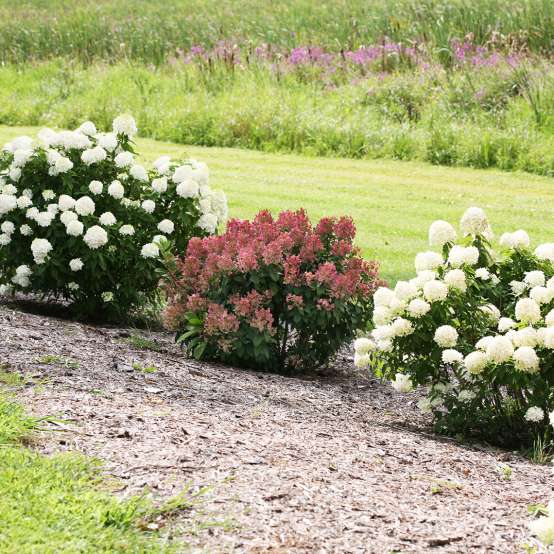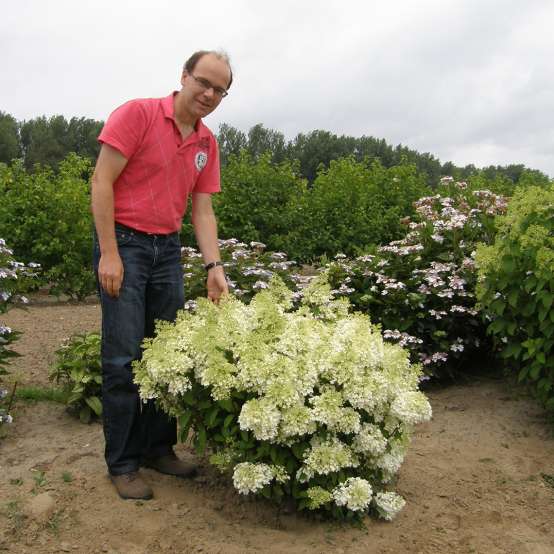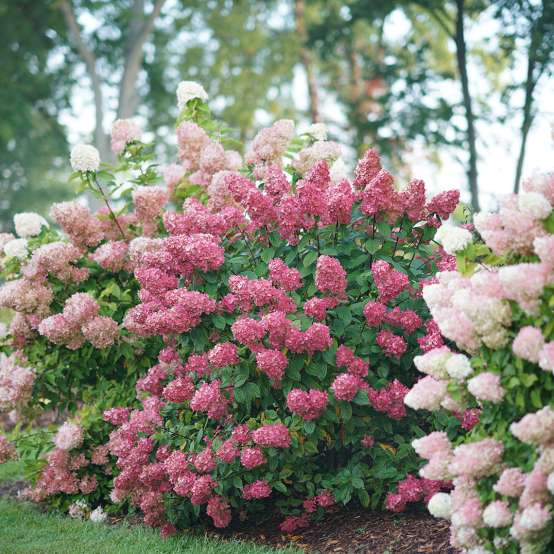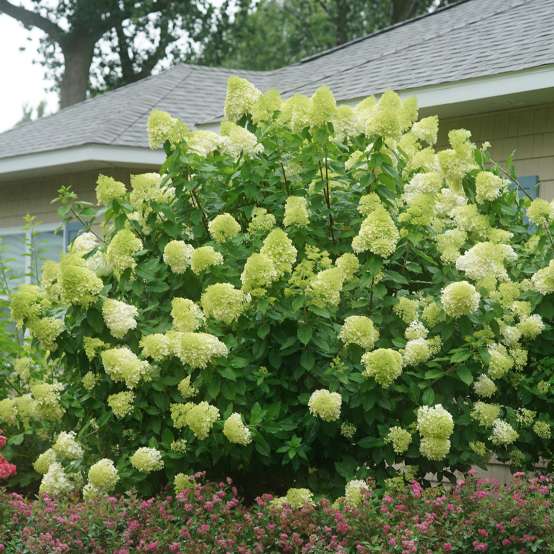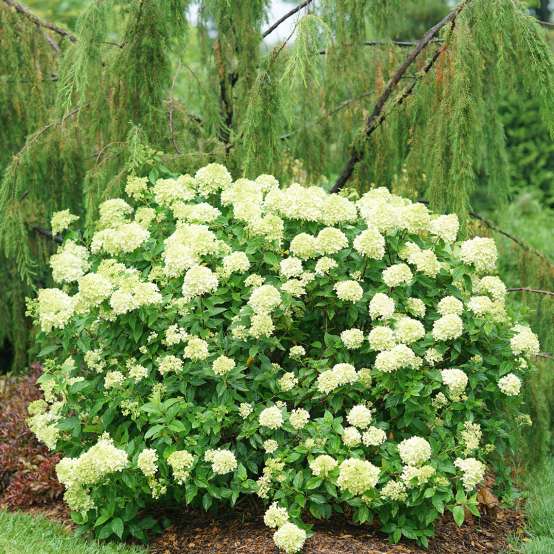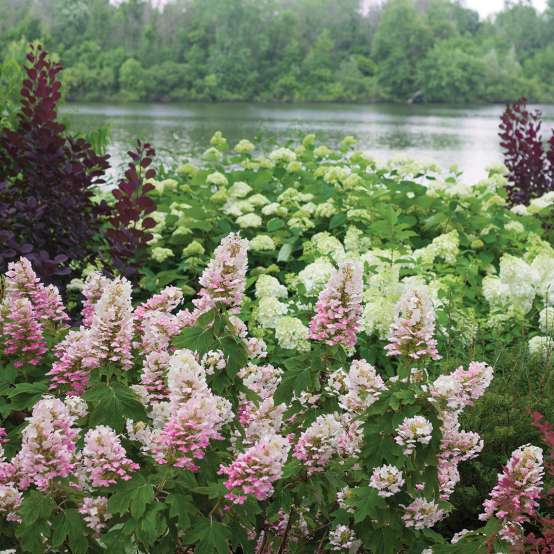Clicking the following controls will change the main image displayed above.
- Spec Sheet: Quick Fire® Hydrangea Spec Sheet
- Benchcard: Quick Fire® Hydrangea Benchcard
- Tag: Quick Fire® Hydrangea Tag
- Grower Sheet: Quick Fire® Hydrangea Grower Sheet
- Benchcard: Tree-Form Quick Fire® Hydrangea Benchcard

Meet the Breeder
Mark Bulk
Nethlerlands
QUICK FIRE®

Hydrangea - Panicle
Hydrangea paniculata
'Bulk'
CBR#3398
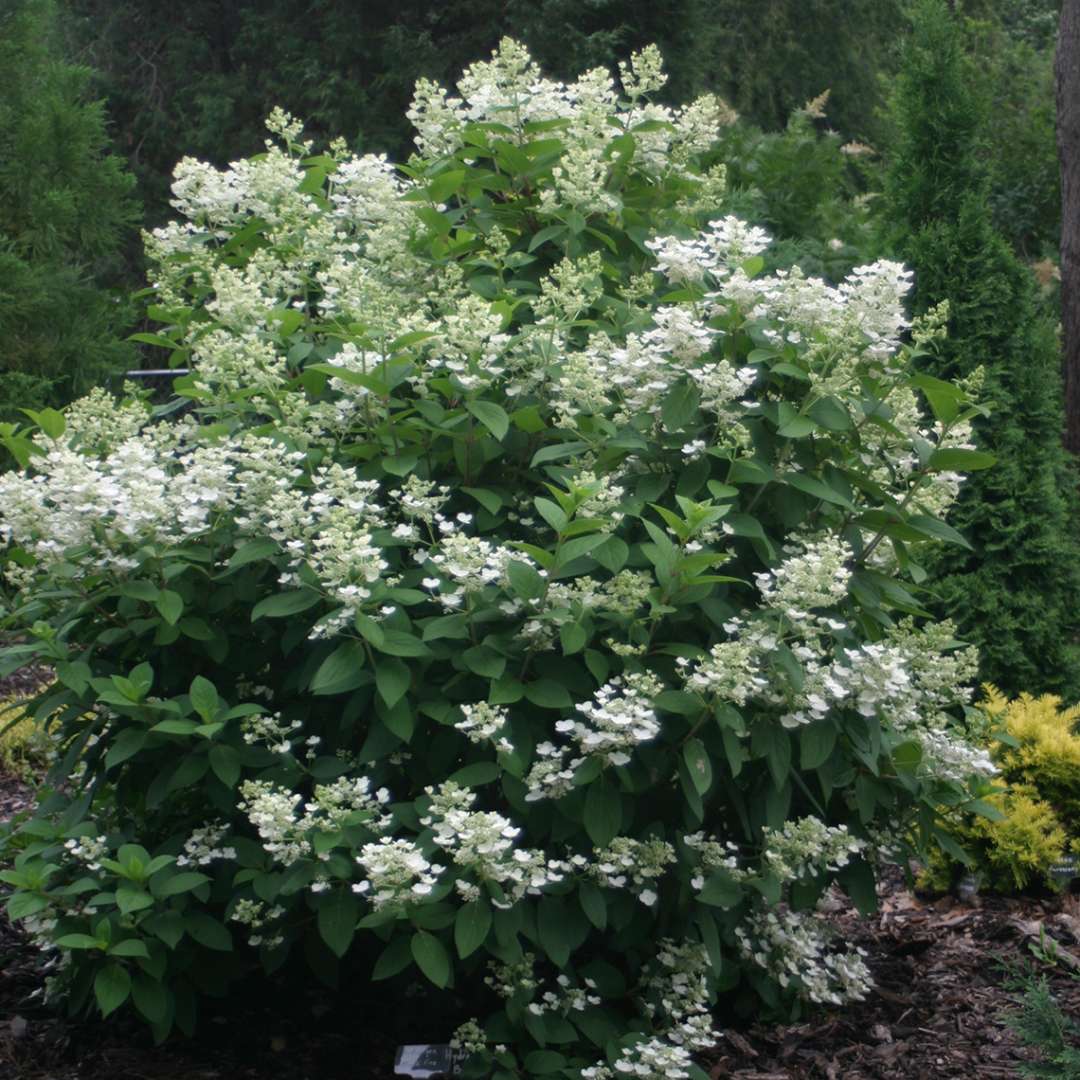
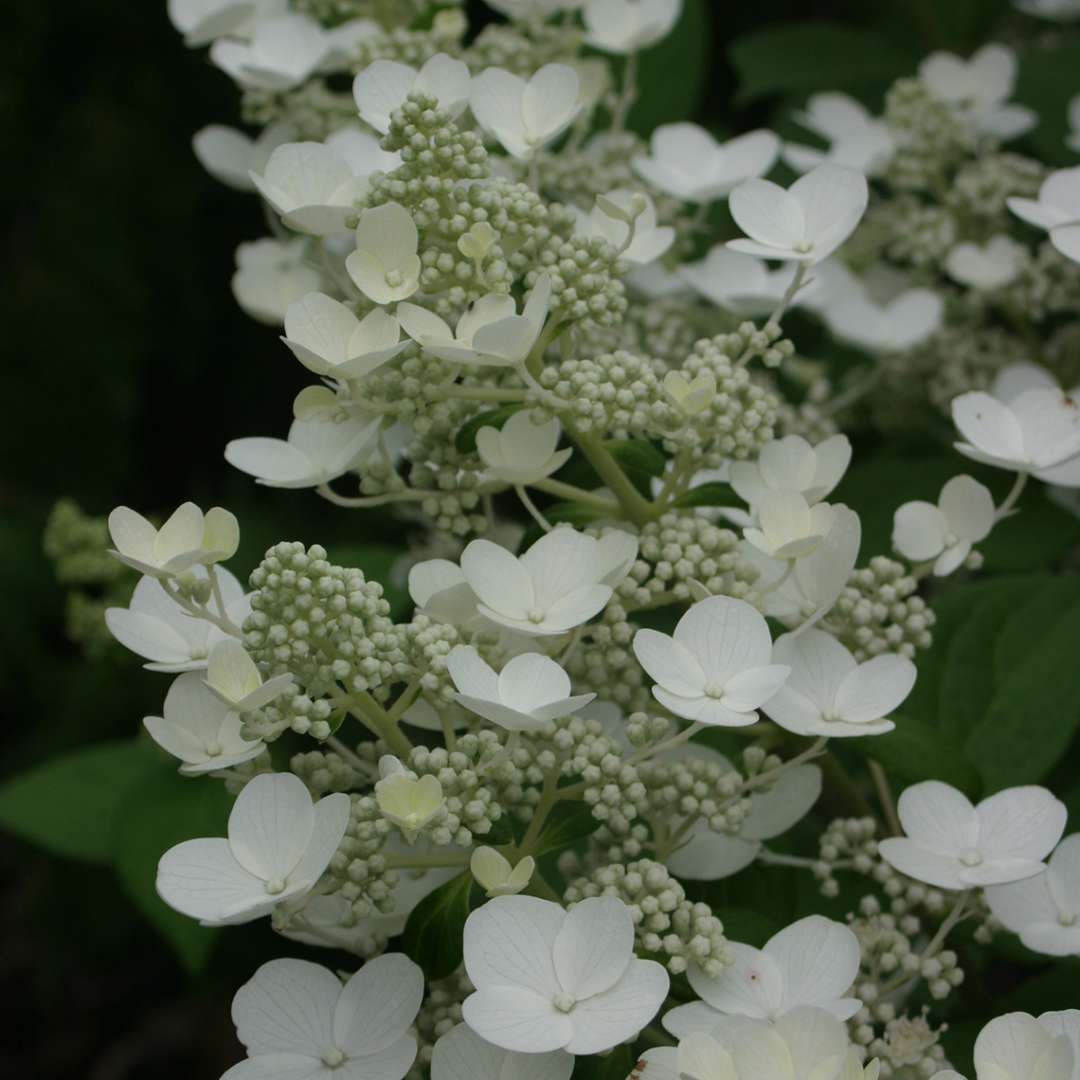
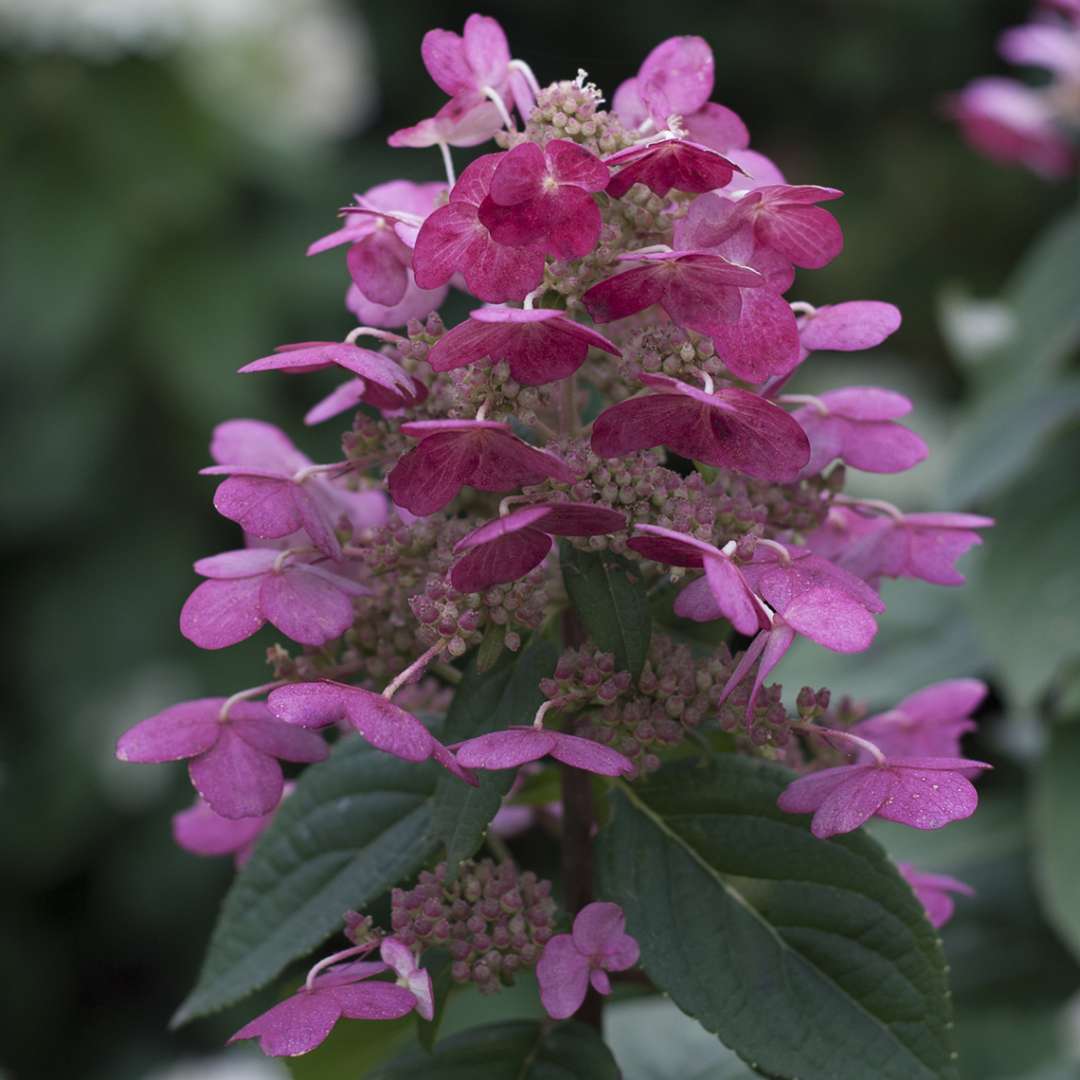
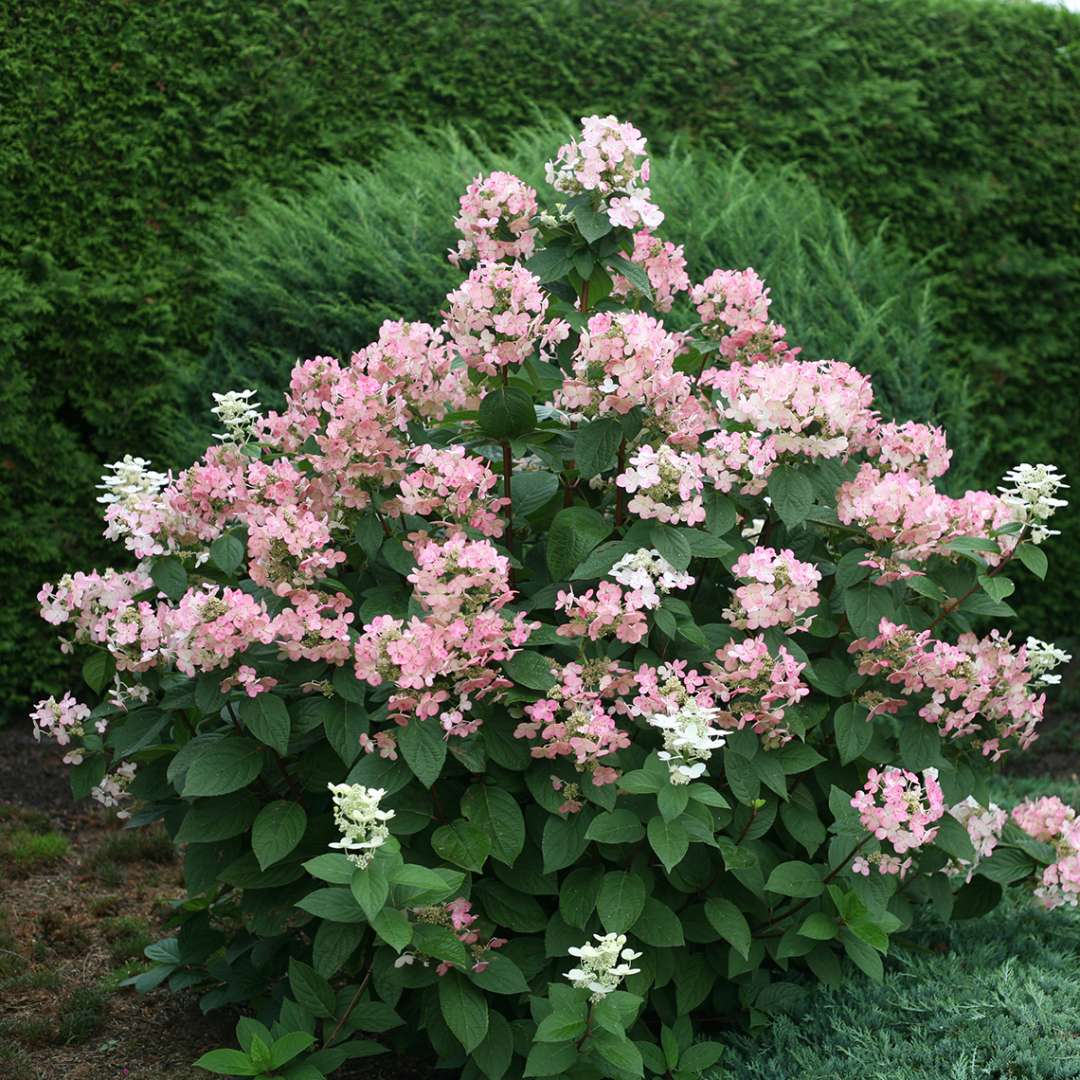
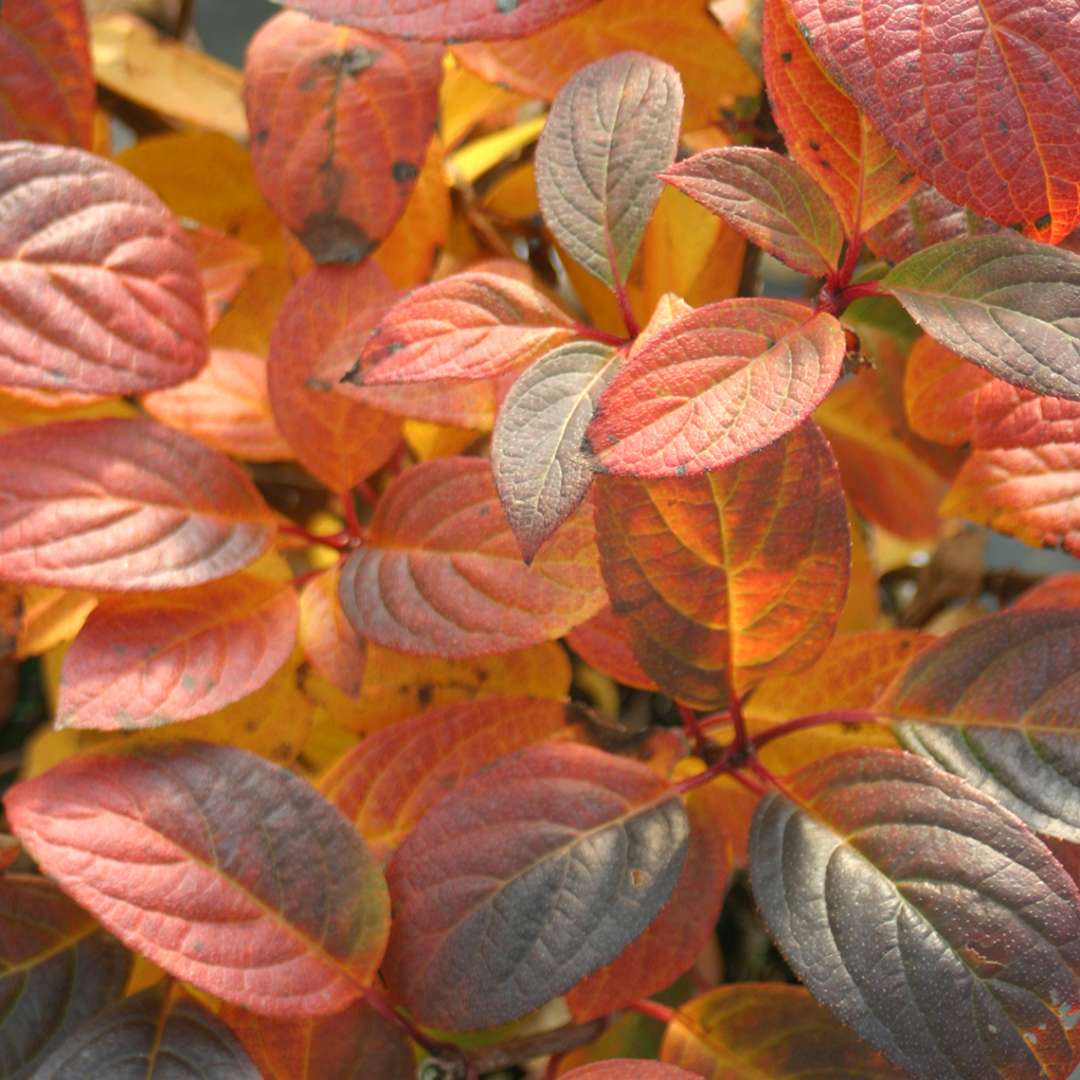

- Early blooming
- Very strong stems
- Hardy
- Description
The earliest blooming panicle hydrangea! Extend the season with Quick Fire® panicle hydrangea: it blooms well before other cultivars are even showing buds. Always in bloom for 4th of July here in our West Michigan trial gardens. Flowers open white then turn red which persists through fall. Quick and easy to grow.
- Awards
- 2019 ASCFG Cut Flower of the Year
- USDA Zone
- 3 - 8 (-40°F/-40°C)
- Exposure
- Full sun, Part sun
- Height
- 6 - 8'
- Width
- 6 - 8'
- Finish Time
- 1 season
- Type
- Deciduous
- Bloom Time
- Summer
- Flower Color
- White, Red
- Foliage Color
- Green
- Liner Sizes
- 2 1/4", 4", Quick Turn
General Care
Soil
Adaptable to most any soil except very wet or excessively alkaline soils.Pruning
In late winter or early spring, cut back by about one-third its total height, just above a set of large buds. This ensures that the growth for the season will come vigorous buds lower on the plant and also serves to remove any remaining dried blooms. Alternatively, cut back in autumn once the plant has gone completely dormant. May be cut back harder if desired, though this tends to produce stems that are unable to achieve maximum stem strength the following season.Uses
Specimen; mixed borders; mass plantings. Makes a good hedge or screen. Excellent for cut flowers, both fresh and dried.Growing Tips
Panicle hydrangeas are the most sun tolerant hydrangeas and are also resistant to wilting. In cooler climates, full sun is recommended for best stem strength and flower set. Flower color is unaffected by soil chemistry. If flowers turn brown and dry instead of aging to pink or red, this indicates that the plant needs more water or that nighttime temperatures are too high for the transition to occur.Features: Alkaline soil, Clay soil, Cut flower, Fall interest, Salt tolerant, Attracts pollinators
Filters: Botanical genus: Hydrangea, Common name: Hydrangea - Panicle, Retail program: Proven Winners® ColorChoice®, USDA Zone 3, USDA Zone 4, USDA Zone 5, USDA Zone 6, USDA Zone 7, USDA Zone 8, Exposure: Full sun, Exposure: Part sun, Bloom time: Summer, White flowers, Red flowers, Green foliage
Features: Alkaline soil, Clay soil, Cut flower, Fall interest, Salt tolerant, Attracts pollinators
Filters: Botanical genus: Hydrangea, Common name: Hydrangea - Panicle, Retail program: Proven Winners® ColorChoice®, USDA Zone 3, USDA Zone 4, USDA Zone 5, USDA Zone 6, USDA Zone 7, USDA Zone 8, Exposure: Full sun, Exposure: Part sun, Bloom time: Summer, White flowers, Red flowers, Green foliage

